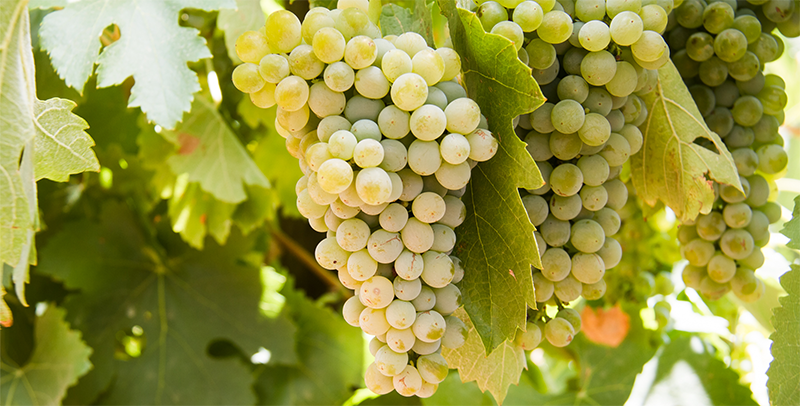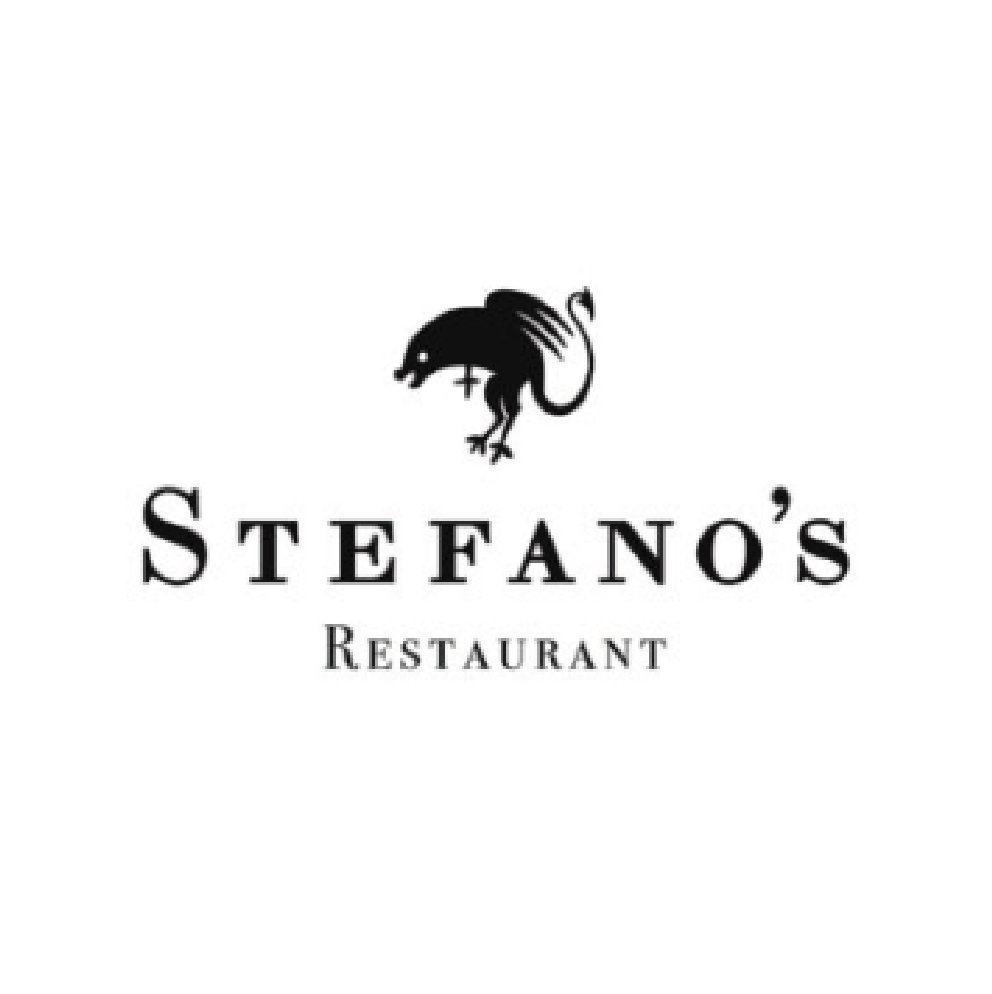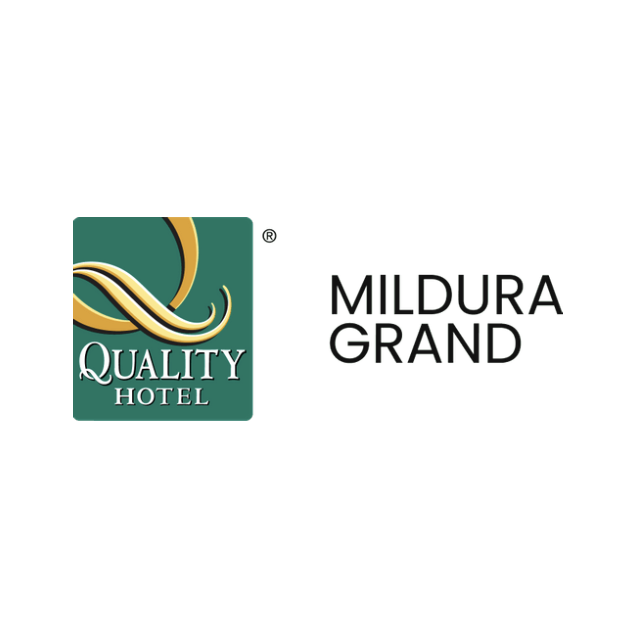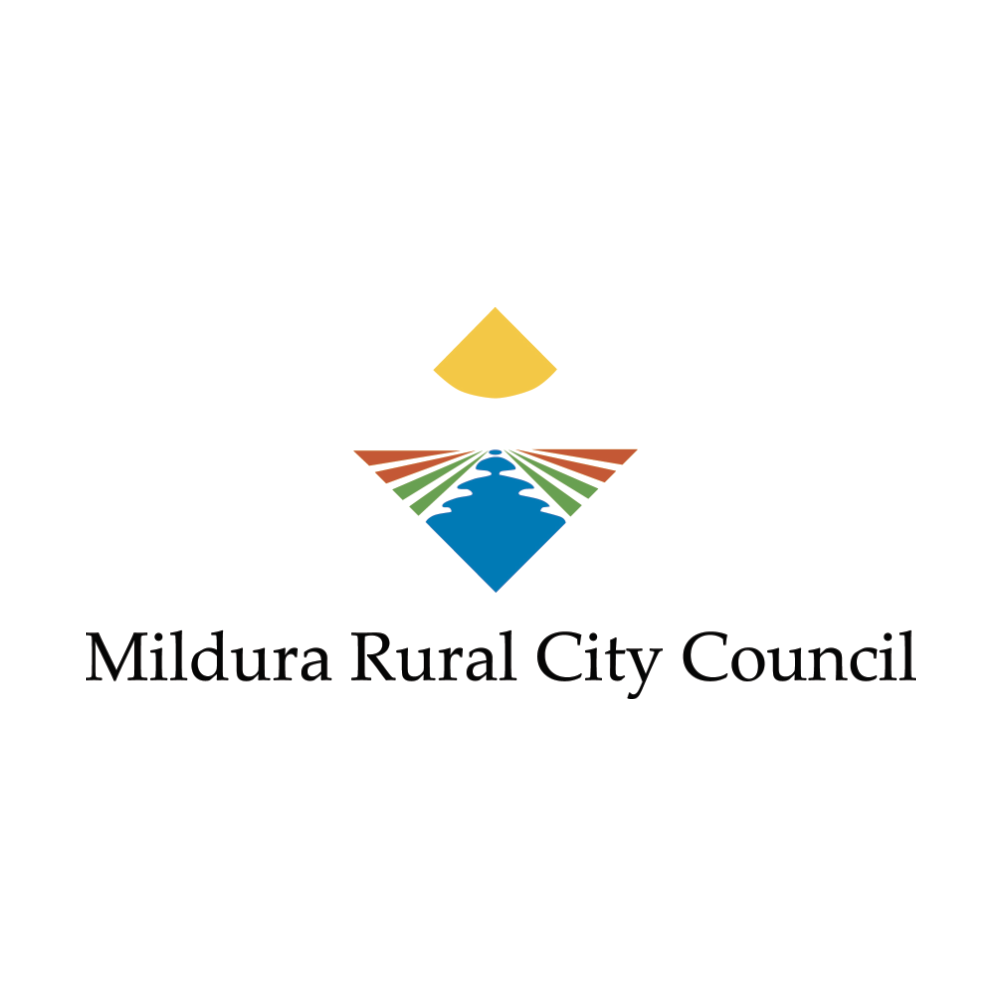
The answer seems obvious. We seem to know what an Australian grown alternative variety is simply by what it is not: common and widely available. So we’ve come to recognise the phrase ‘alternative variety’ as the opposite of mainstream and extensively planted.
Certainly an alternative variety is often rare because it has been introduced recently into the country such as assyrtiko or falanghina therefore plantings are minuscule or negligible such as teroldego. However the definition also applies to a grape that might have a long Australian heritage and history but perhaps the style is no longer popular such as palomino once a staple in fortifieds that we now label as apera or the wine is not widely produced, such as durif or marsanne.
The Australian Alternative Variety Wine Show does not want to be prescriptive with its definition especially in regards to specific hectares under vine except to highlight some obvious differences. For example, mainstream and extensively planted clearly means shiraz, cabernet sauvignon, chardonnay, sauvignon blanc and latterly, pinot gris/grigio.
It’s worth noting that in time, Australian wines once deemed alternative can become popular especially if the number of hectares under vine increases dramatically. If and when they become mainstream, they are graduated and are no longer included in the show.
The committee of the Australian Alternative Varieties Wine Show carefully determines which varieties should be graduated through robust discussion and analysis around the following points:
− Hectares under vine
− Wine style maturity
− Retail shelf space and wine list representation
− Consumer awareness
Pinot Gris/Grigio, Prosecco and more recently Durif have become graduates of the AAVWS and the committee couldn’t be more proud of the important roles they now play in the Australian wine scene.































